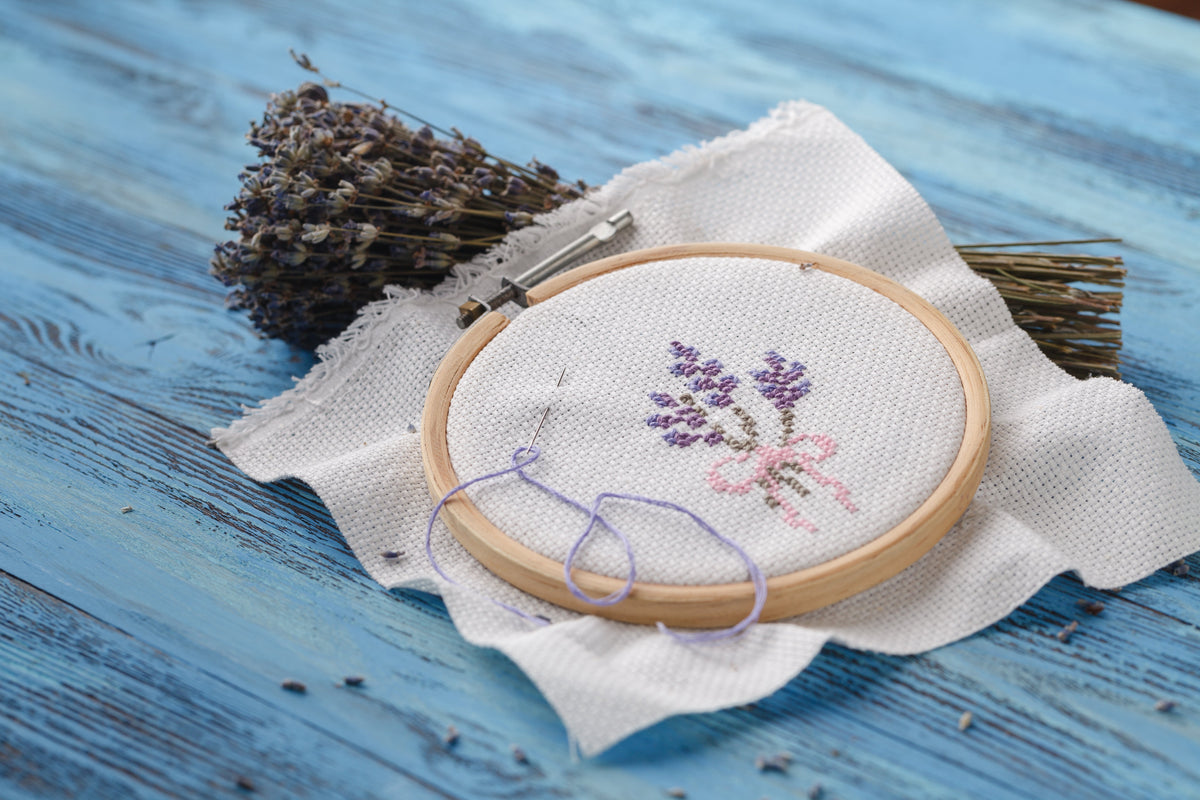From Ancient Hands to Modern Hoops
Embroidery is an art form that has gracefully woven its way through human history, evolving from simple hand-stitched designs to sophisticated machine-crafted masterpieces. The journey from ancient hands to modern hoops reveals a fascinating story of creativity, culture, and technology that continues to inspire millions around the world.
The Origins: Embroidery in Ancient Times
Embroidery dates back thousands of years, with evidence found in ancient civilizations such as Egypt, China, and Persia. Early embroiderers used basic needles and threads made from natural fibers to decorate clothing, household items, and religious textiles. The craft was more than decoration — it was a symbol of status, identity, and artistry.
In ancient Egypt, for example, embroidered motifs adorned royal garments, showcasing intricate patterns and symbols that conveyed power and divinity. Similarly, in China, elaborate embroidery was a highly respected skill, often reserved for nobility and used in ceremonial robes.
Embroidery Through the Middle Ages and Renaissance
As time passed, embroidery flourished in Europe during the Middle Ages and Renaissance. Guilds of skilled artisans emerged, passing down techniques and styles across generations. Embroidery was prized not only for its beauty but also for its storytelling potential — religious scenes, heraldic symbols, and floral motifs were common themes.
During this era, materials became richer. Gold and silver threads, silk, and precious stones were incorporated into embroidery, making the pieces truly luxurious. The painstaking handwork required showcased the embroiderer’s skill and dedication.
The Industrial Revolution: Birth of Machine Embroidery
The 19th century Industrial Revolution changed embroidery forever. In 1828, the first embroidery machine was invented by Josué Heilmann, a French mechanic. This groundbreaking invention automated many stitches that were previously done by hand, dramatically speeding up production and making embroidery more accessible.
By the late 1800s and early 1900s, embroidery machines evolved from simple mechanical devices to more complex and versatile equipment. Factories could produce embroidered fabrics in bulk, leading to the popularity of embroidered clothing, household linens, and decorative items worldwide.
The Digital Age: Computerized Machine Embroidery
Today’s embroidery industry has embraced digital technology like never before. Computerized embroidery machines, controlled by sophisticated software, allow for precision and creativity that was unimaginable in the past. Designers can create or digitize artwork on computers, translate it into stitch commands, and produce flawless embroidery on a wide range of fabrics.
Modern machines can handle multiple thread colors automatically, adjust stitch density, and create complex patterns with ease. This has opened new doors for hobbyists and professionals alike — personalized gifts, custom branding, and intricate fashion embroidery are all part of the modern embroidery landscape.
The Cultural and Artistic Impact
Despite technological advances, embroidery remains a deeply cultural and artistic craft. Traditional hand embroidery still thrives in many parts of the world, preserving ancient techniques and motifs. Meanwhile, contemporary artists blend old and new, experimenting with textures, materials, and digital techniques to push the boundaries of embroidery as an art form.
Why Embroidery Endures
What makes embroidery timeless is its unique blend of artistry, heritage, and innovation. From the meticulous hands of ancient artisans to the precise modern hoops of computerized machines, embroidery tells stories, preserves culture, and brings beauty into everyday life.
Whether you are picking up a needle for the first time or exploring the latest embroidery software, you are part of a rich tradition that connects the past with the present — a tradition woven with passion, skill, and endless creativity.




